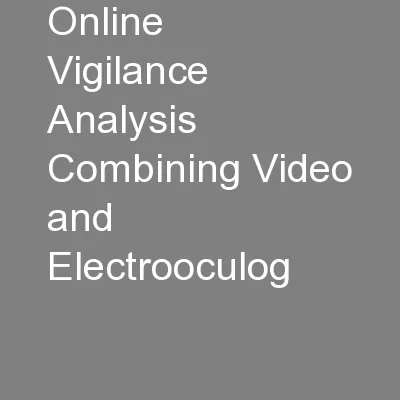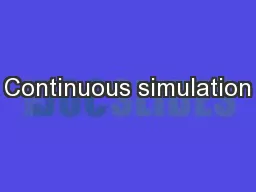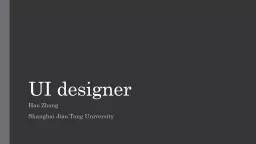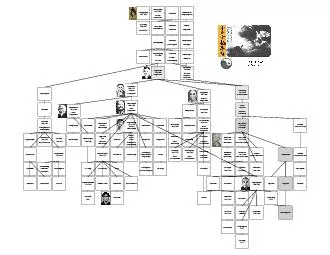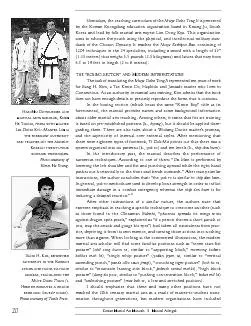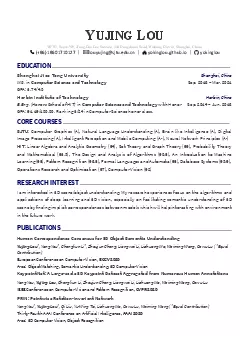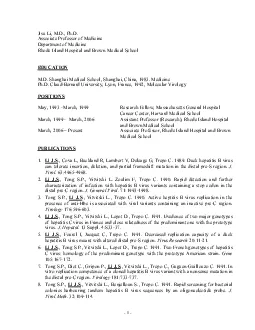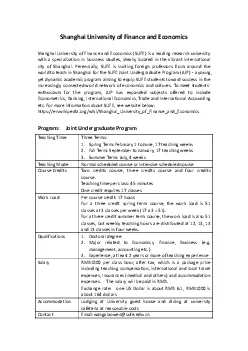PPT-UI designer Hao Zhong Shanghai Jiao Tong University
Author : broadcastworld | Published Date : 2020-06-22
Last class Project manager Responsibility Cost estimation Planning Risk CVS Issue tracker Concurrent Development Merge Conflict Merge is textual Code may not work
Presentation Embed Code
Download Presentation
Download Presentation The PPT/PDF document "UI designer Hao Zhong Shanghai Jiao Tong..." is the property of its rightful owner. Permission is granted to download and print the materials on this website for personal, non-commercial use only, and to display it on your personal computer provided you do not modify the materials and that you retain all copyright notices contained in the materials. By downloading content from our website, you accept the terms of this agreement.
UI designer Hao Zhong Shanghai Jiao Tong University: Transcript
Download Rules Of Document
"UI designer Hao Zhong Shanghai Jiao Tong University"The content belongs to its owner. You may download and print it for personal use, without modification, and keep all copyright notices. By downloading, you agree to these terms.
Related Documents


